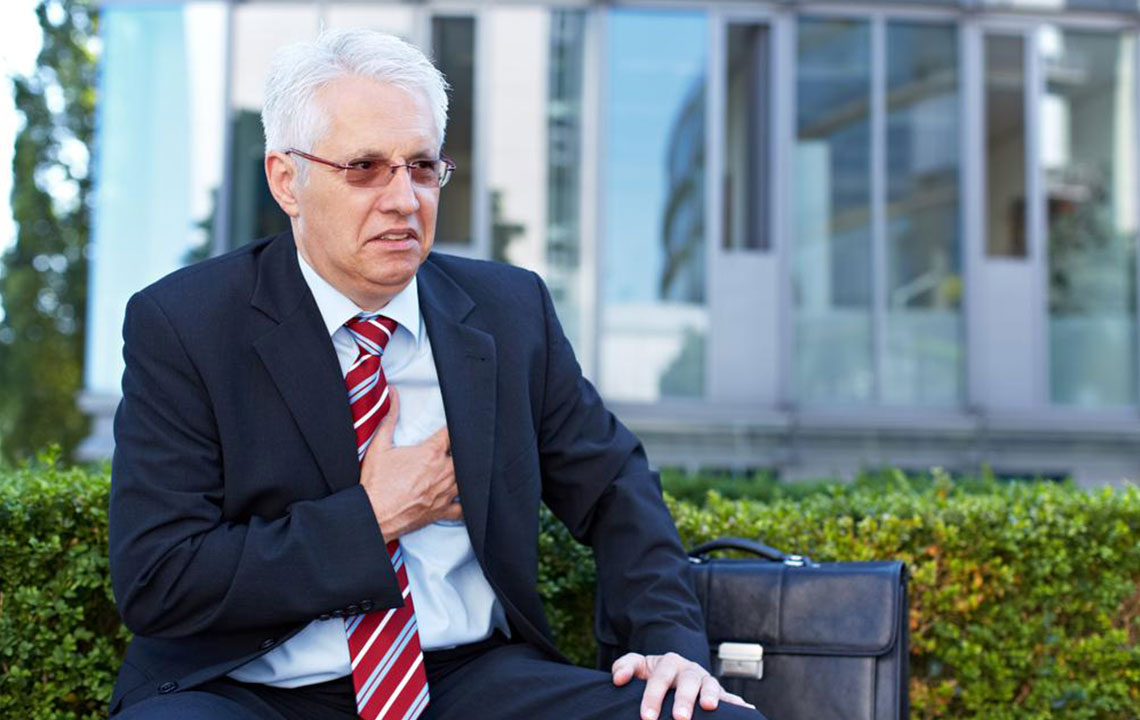Seizure Treatment Guidelines You Should Be Aware Of
Seizure patterns can be of various types. This is a condition where the brain experiences a sudden wave of electrical activity that affects the ways a person behaves and acts. The most common form is known as status epilepticus. This is a situation where there is a continuous seizure activity for thirty minutes or even more. This is a situation of medical emergency and can even cause the death of the person.

AES-certified seizure treatment guidelines
These seizure treatment guidelines can be used for adult and pediatric treatment. It provides a chart or a kind of algorithm so that the entire event can be divided into three different and distinct phases and the treatment can be carried out in an effective way for convulsive seizures.
Stabilization phase
This is the initial phase of the seizure activity. As per the seizure treatment guidelines of AES, this is the time when the first aid is to be extended to the patient who is under the attack of the seizure. This is when you must make an assessment of the situation and must keep a very close monitoring of the patient.
Initial therapy phase
This is the second phase of the seizure treatment guidelines which continues from the fifth minute and lasts up to twenty minutes of the seizure. This is the time when the caregiver finally decides that the seizure is such that it will require medical intervention. As per the seizure treatment guidelines, certain prescriptions have been advised as just an initial treatment so that the situation can be kept under control.
Second therapy stage
As per the seizure treatment guidelines, this is a phase that will start from the twentieth minute and will continue for the next twenty minutes. This is the stage when you must assess the response of the patient to the given initial therapy. As per the seizure treatment guidelines in case, the patient does not respond to the first therapy then one can consult the healthcare expert for alternative methods. However, all the mentioned drugs are of more or less equal caliber, and it cannot be said that which happens to be the most appropriate one. Their effectiveness can differ from person to person. According to the seizure treatment guidelines, in case all the three mentioned drugs are not available then IV Phenobarbital is preferred.
Third therapy phase
This is the stage that begins from the fortieth minute of the attack. As per the seizure treatment guidelines provided by the AES, it has been suggested that the treatment of the first or the initial phase is the most effective.
The seizure treatment guidelines state that as compared to the first phase, the second and the third phase treatments do not happen to be as effective. The guidelines say that there are no definite treatment measures or methods of the third stage. In case the patient does respond to the treatment of the second phase, then the drugs used in the initial phase treatment must be once again repeated. You can also use anesthetic doses. However, these drugs must be used with continuous EEG monitoring.
Tertiary services
It has been suggested by the seizure treatment guidelines that various anti-epileptic drugs that have been mentioned in the above part of the discussion can fail to have a permanent or even a long-term effect on the patient.
The seizure treatment guidelines state that many of these anti-seizure drugs can have perilous side effects. Again these drugs could have an adverse effect on the seizure condition. Often the situation gets worse with the administration of the medicine.
In such a situation, a neurological treatment, which is also known as tertiary services can prove to be better alternatives instead. Often, these tertiary services could be applied in addition to the anti-seizure drugs. This is a support treatment that can really help a patient recover in a much more effective manner.
The main idea of a seizure treatment guideline is to protect the person who is under the attack of the seizure and ensure that the person is relieved of the effects of the seizure. Surveys reveal that 60% of patients react to these seizure treatment guidelines.
Monotherapy has been found to be a better way of treating seizures as compared to polytherapy. The former is also much less expensive and is within the means of all type of patients and their families.
However, these therapies could have adverse effects on the patients that could be both physical and psychological. Seek medical attention immediately if the condition worsens.